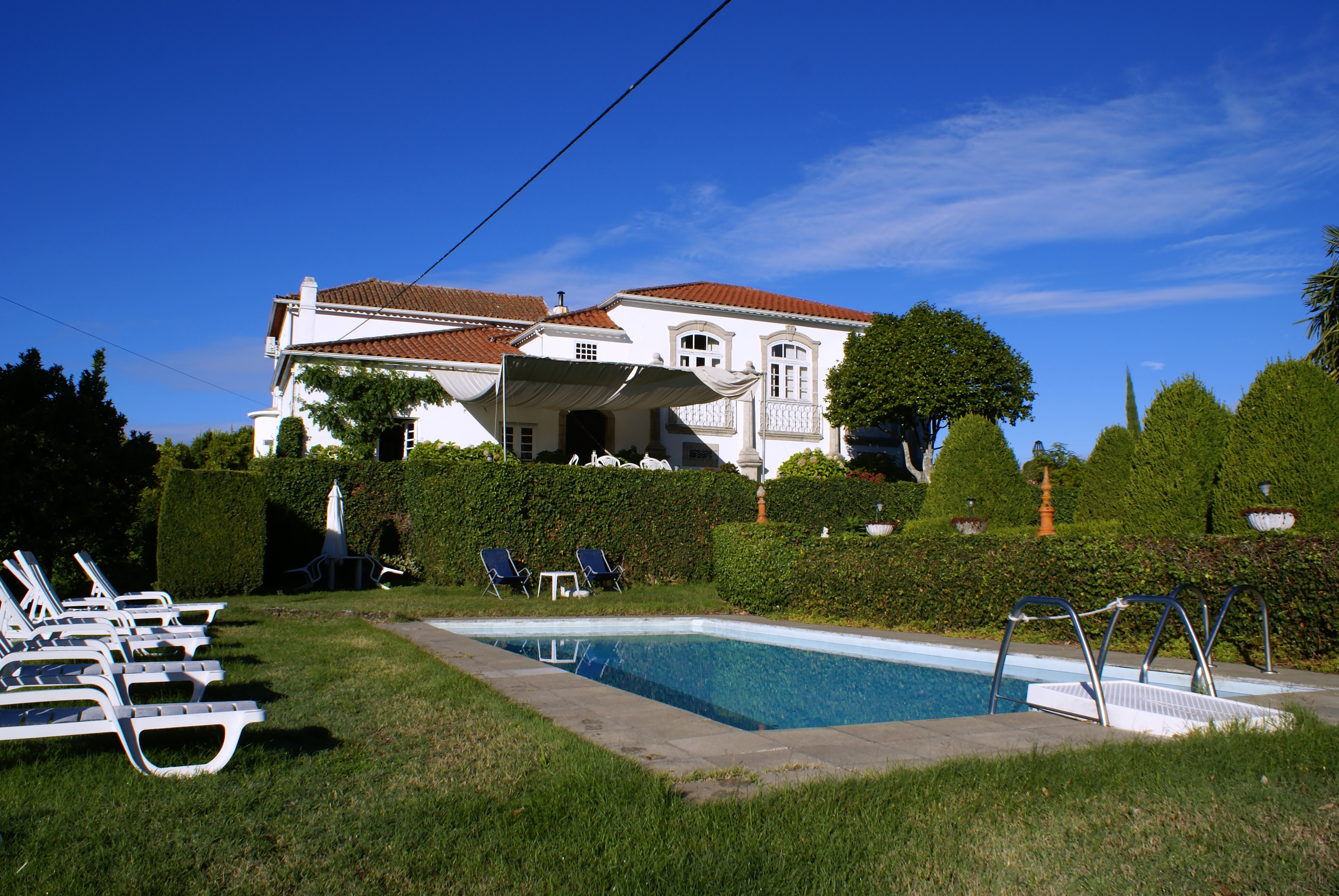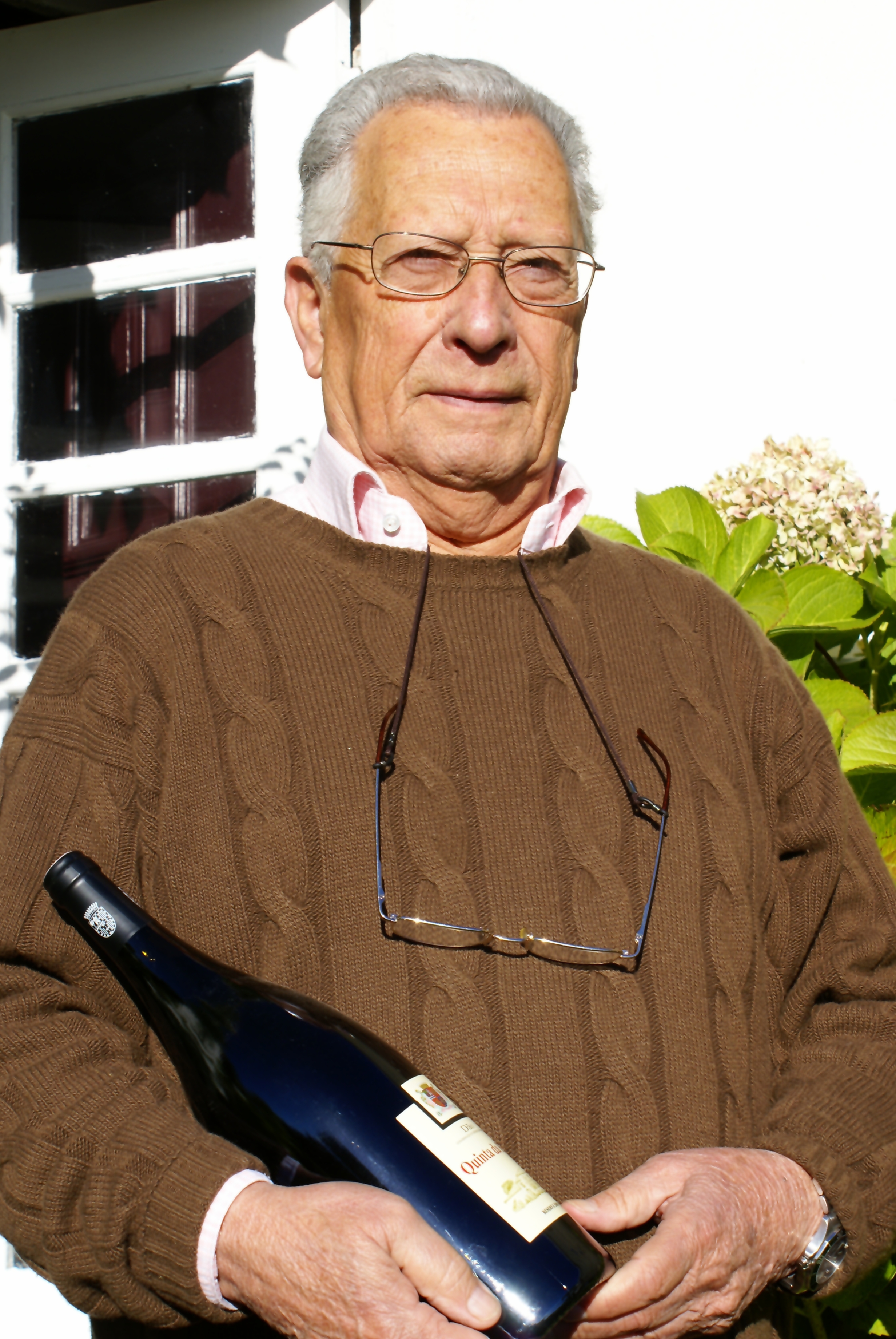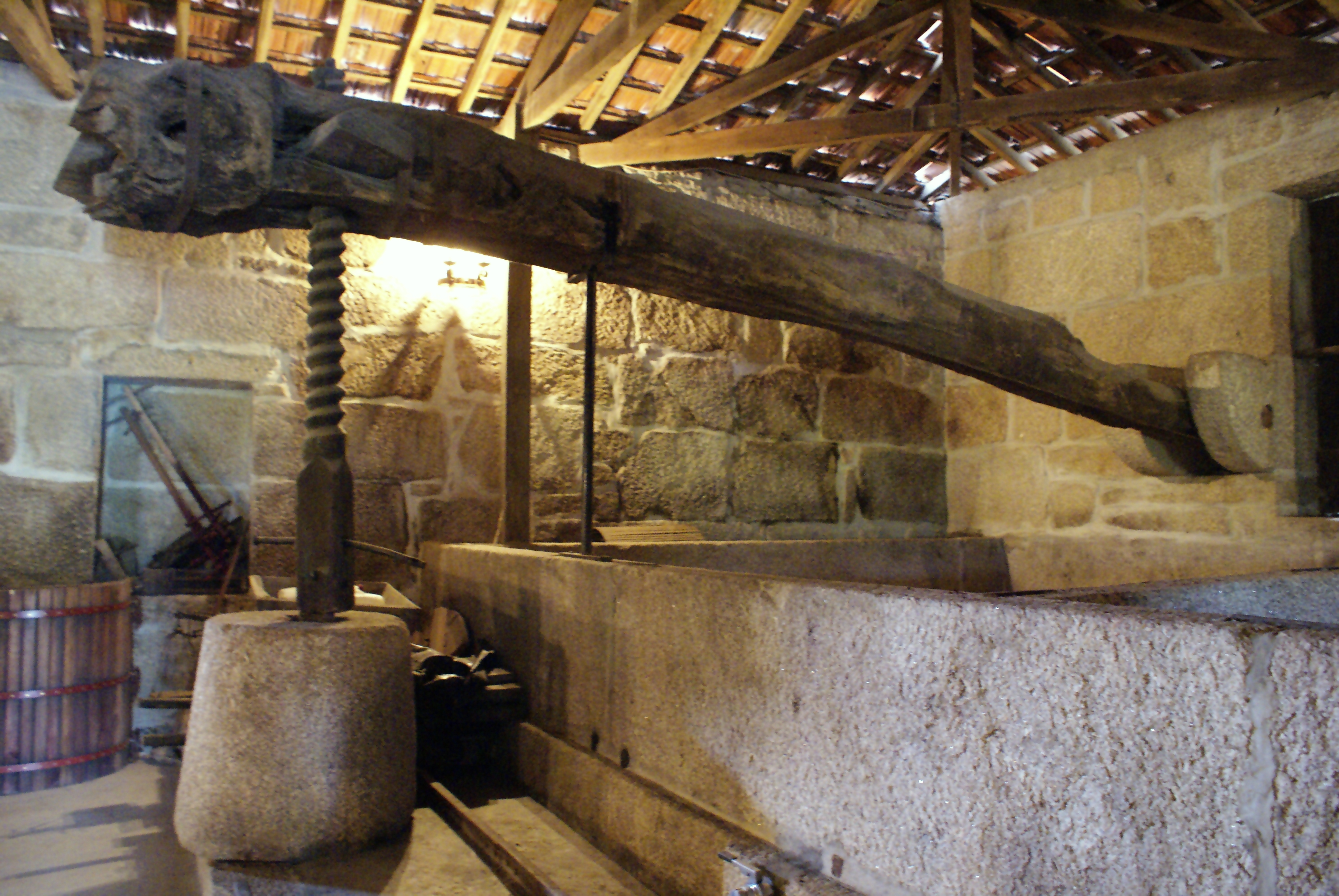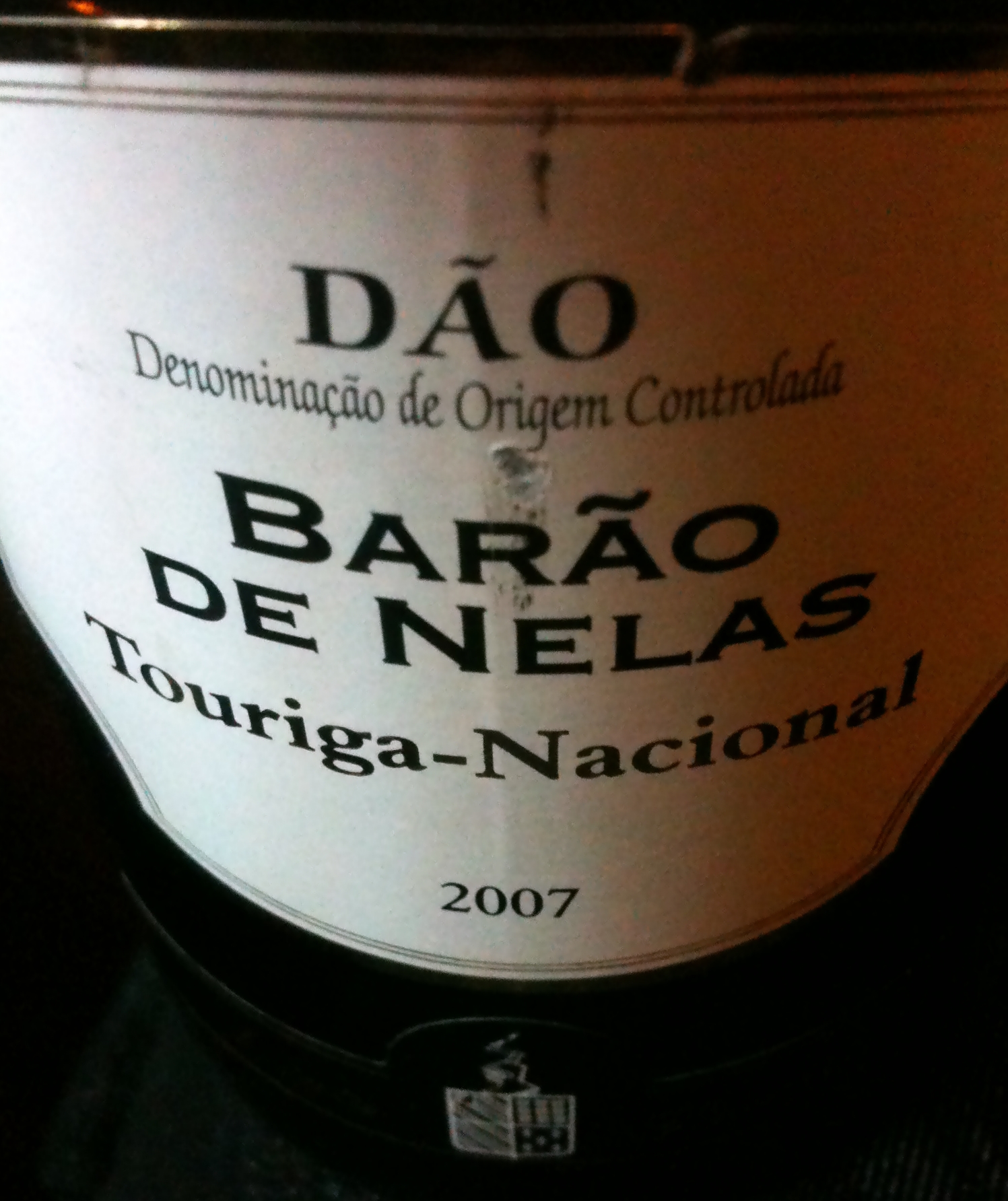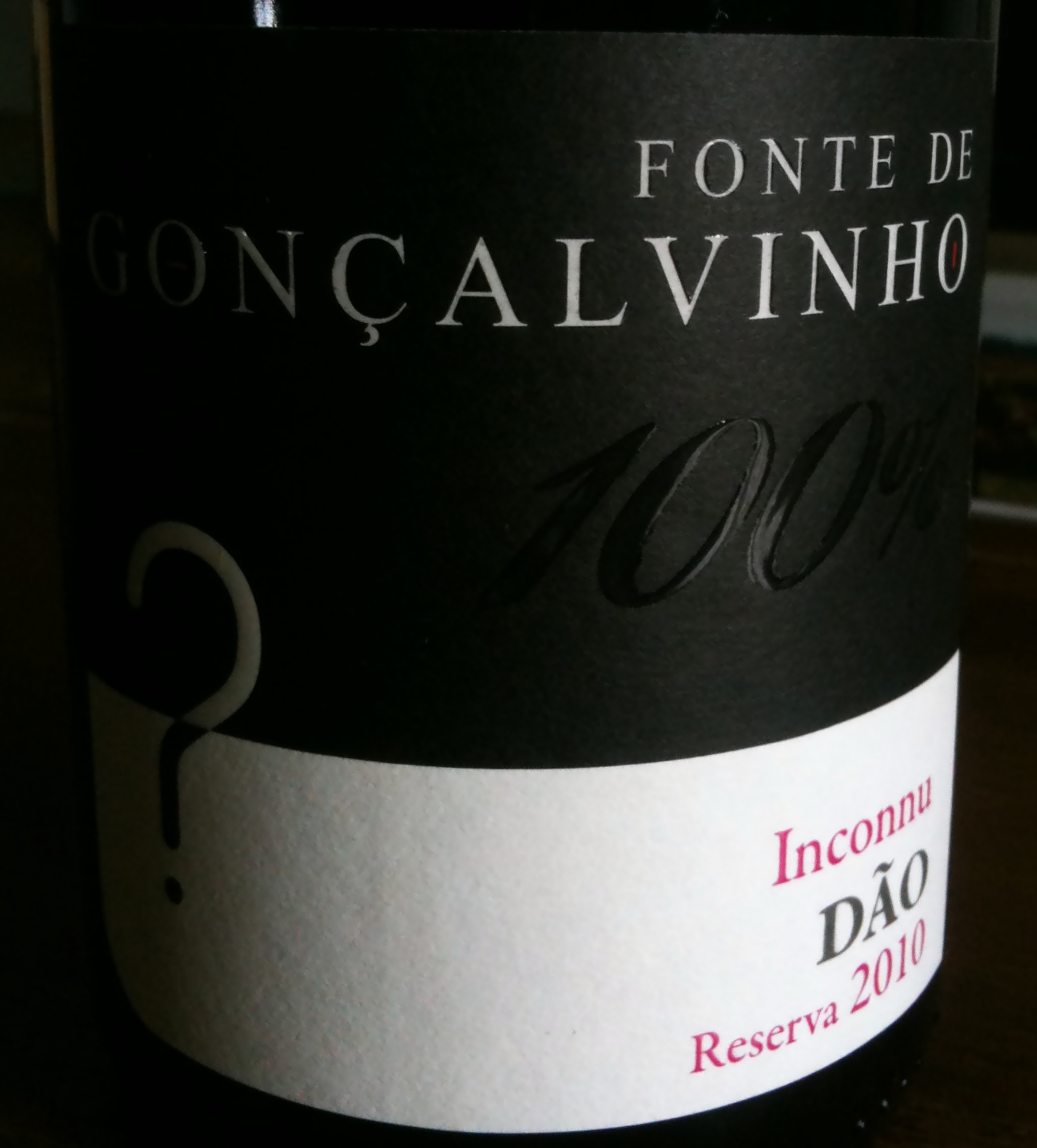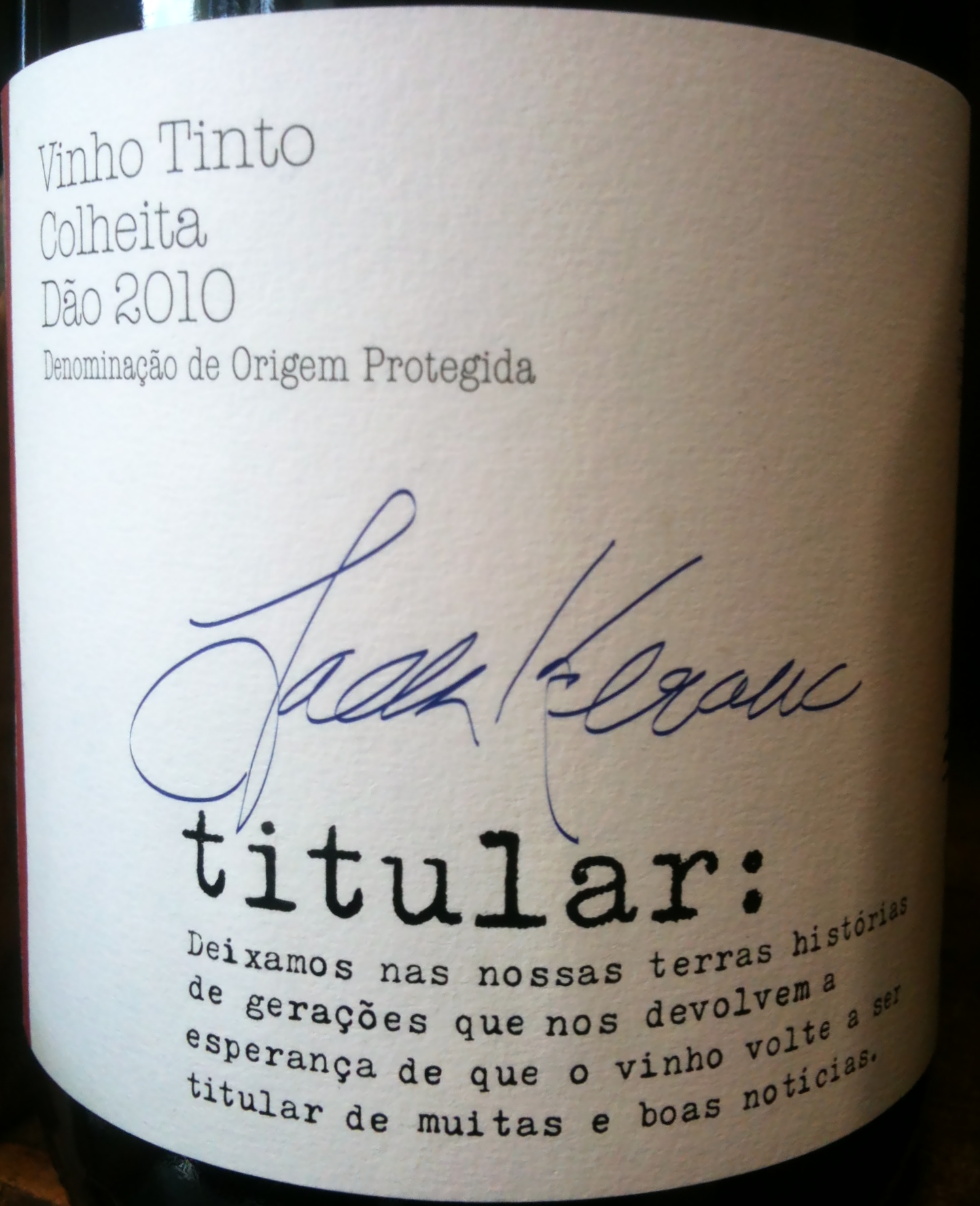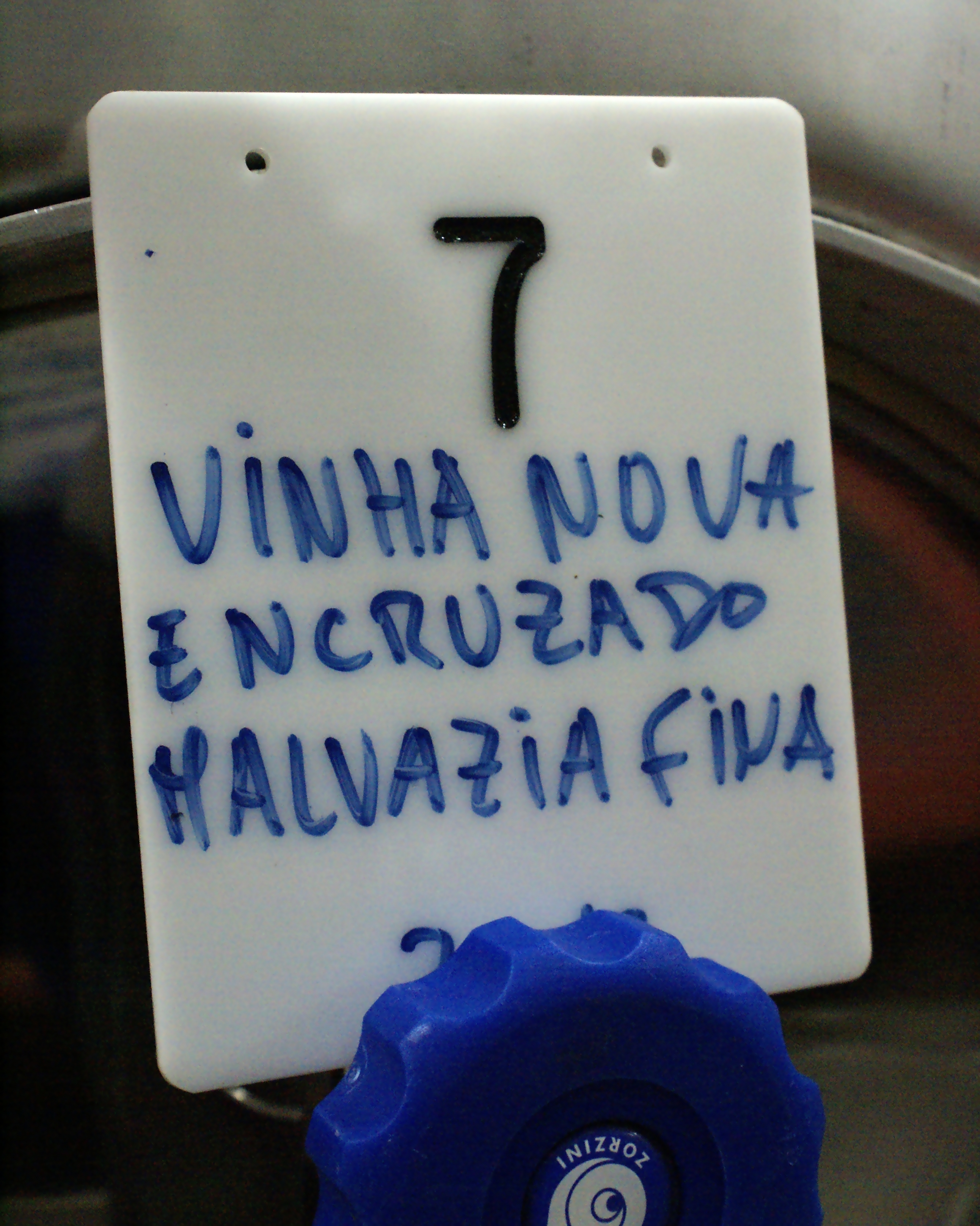In Dão: a day with António Narciso
Posted on 30 October 2012
My second day in Dão was spent with winemaker António Narciso. António was very generous with his time as we started the tour soon after 9am and finished well into the late evening. Narciso is a real Dão institution, consulting at almost a dozen different wines estates as well as vinifying at the powerful Nelas co-op. (He also blogs here).
He embraces Dão’s diversity in consistently using different grapes in the wines he makes: the red wines are usually a blend of Touriga Nacional, Tinta Roriz (these two look like Narciso’s favourites) with the quirkier Jaén and Alfrocheiro. In the white wines, Narciso is a champion of Encruzado, making a varietal version everywhere we visited, in a variety of styles from lean & mineral to oak-fermented and structured.
Narciso advocates a pretty hands-on approach; control in fermentation is total and he expressed skepticism about natural wines and organic farming, arguing among others that due to the number of additional organic treatments required in the wet region of Dão, the carbon footprint of organic viticulture might actually be higher than that of conventional farming. (I’m not sure I agree, but it’s a point well taken). All wines are made with added yeast, and the white wines are fermented are pretty low temperatures (I wondered if that contributed to give them a slightly similar, pithy, appley expression). But there are also a number of more traditional practices, including foot-treading in granite lagar basins that is used consistently in the higher-end bottlings.
We started the day at Quinta da Fata, a stately countryhouse of the Amaral family (where I also stayed). The 2011 Encruzado was still young and tight and somewhat ungiving aromatically, made in a leaner, tenser, more mineral style than that I was used to formerly, being familiar with the Encruzados of such producers as Roques or Carvalhais. We followed with the 2008 Dão Clássico with zest and spice (a stuning QPR at 5€) and the serious, concentrated 2009 Touriga Nacional (20% of American oak perhaps robbing it of finesse). But it was the 2009 Reserva that impressed most, floral on the nose, beefy and peppery in taste ending on a lovely saline savoury note. A real winner.
We then visited one of Dão’s most ancient working wine cellars at Quinta Santo António do Serrado, which markets its wines under the Barão de Nelas brand. These are slightly less individual wines than those of Fata, but actually represent very good value for money. A good 2011 Encruzado and 2010 red Dão, followed by a delightfully maturing 2007 Reserva, a blend of Touriga Nacional and Aragonêz (=Tinta Roriz) with good complexity and mealy concentration; lacking ultimate power but it costs only 8€. The 2008 Reserva is altogether more serious here, with some lovely blackberry and chocolatey fruit and integrating its 14.5% alc. almost perfectly; more power-driven but more complete too than the 2008. For 8€ it is an extremely satisfying wine. The 2007 Touriga Nacional is almost as good, structured, food-friendly and impressive.
Next on the programme was Fonte do Gonçalvinho, a new 12-hectare estate run by a Franco-Portuguese couple where the wines are more modern and polished. I really like the 2010 Rosado here: Dão rosés tend to be vinous and serious, not your ephemeral seaside Provençal salmony pink but winter wines to be enjoyed with rustic food. Given their 5–8€ price brackets, they deserve to be better known. Gonçalvinho makes a varietal Tinta Roriz and Touriga Nacional that ally the Portuguese grapes’ depth of spicy flavour with some roundness from oak, which however is deftly used. The top wine is ‘? Inconnu’, an undisclosed blend of grapes with, in the 2010 vintage, a sweeter, caster sugar-like expression and big body; the acidity is what really makes this wine, and Dão reds in general, so much exciting and vibrant.
We then visited Caminhos Cruzados, a quite different project of bulk and entry-level wines run by the energetic and widely travelled Paulo Santos. Don’t ask why the current labels have signature of Faulkner, Kerouac and Scott Fitzgerald, there will soon be a rebranding with loud catchy labels. Caminhos Cruzados is an example of decently made mass wine. The basic ‘P’ wines are not exciting to the discriminating wine drinker but the upper brand Titular, retailing for around 2.70€, offers good drinking and I particularly liked the 2010 red, which had a granitic freshness and wildness that I find very Dão.
We rounded off this incredibly busy day (I’ve never before made 7 winery visits on a day) with a brilliant dinner at the Bem Haja restaurant in Nelas tasting through the wines of Casa Aranda, another António Narciso consultancy. Another pithy limey 2010 Encruzado and good basic Quinta dos Picões red retailing for 3€. The best wine of the tasting was the 2007 Reserva, allying ripe black fruits with obvious minerality and tight tannins. These are good wines that perhaps slightly suffered by being tasted after visits to Quinta Mendes Pereira and Quinta das Marias (two leading estates I’ll cover in separate posts) but I’d be happy to buy them and drink again, at these prices.
Disclosure
My trip to Portugal including flights, accommodation and wine tasting programme was sponsored by Quinta Wine Guide.



